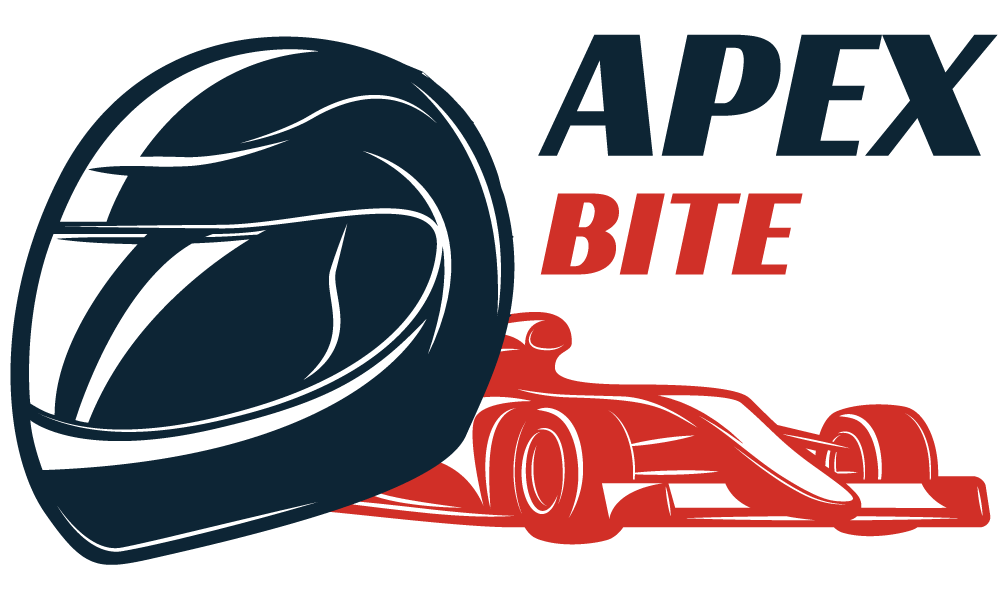Looking to understand the buzz around the Zandvoort F1 Circuit? You’re in the right spot!
Zandvoort is more than just a circuit; it’s a symbol of F1’s rich history and its adaptive future. With its challenging layout, enthusiastic fans, and a setting that’s both beautiful and historically significant, it’s no wonder the F1 community has embraced its return with open arms.
Let’s break down this iconic track and see what all the fuss is about.
Since the late 1940s, Zandvoort has been the heart of the Dutch racing scene and the go-to spot for four-wheeled racing. This seaside resort town has gained international fame for its racing circuit.
From 1952 to 1985, Zandvoort was the proud home of the Dutch Formula One Grand Prix. But things took a downturn after that.
The circuit got shortened and saw a decline in popularity. But it wasn’t all bad – the Masters Formula 3 race found a home here, and it became a hub for nurturing young talent.
By 1999, the circuit was partially restored to its former glory and started hosting high-profile series like DTM, WTCC, and the Blancpain GT Series.
Then came Max Verstappen. His stunning rise to fame put the Dutch round back on the map. Zandvoort got a much-needed upgrade to meet FIA Grade 1 standards.
The coronavirus delayed things a bit, but when the Grand Prix returned in 2021, the circuit was jam-packed with fans cheering for Verstappen, who went on to win and eventually clinch the world title.
Track layout changes
Zandvoort has had more facelifts than a Hollywood star. The track was built on existing roads laid out by the German Army during World War 2.
The initial Zandvoort track was 2.6 miles (4.2km) long and had 12 corners.
Source
From 1948 to 1989, the track remained pretty consistent. The only changes were tweaks to turns 8 and 11, transforming them into distinct chicanes.
But in the late 1980s when the track had a bit of an identity crisis. Local residents, especially those near the southern part of the track (turns 8 to 12), started complaining about the noise.
In an effort to keep the peace, the circuit owners decided to give the track a little nip and tuck.
They chopped off the southern section and introduced a shorter circuit in 1990. It was a short 1.6 miles (2.5km) with just eight corners.

By the end of the 1990s, the Dutch government wanted the full Grand Prix track back. So, the track got another makeover – this time bringing back the curves and extending the circuit to include all the original sections.
This layout, introduced in 2001, has stuck around ever since.

Changes for F1
Formula 1 roared back in 2021, and the paddock was practically bursting at the seams with team trucks and support vehicles. So, the Zandvoort track had to shove Turn 3, 16 meters further away from the inside of the track.
However, this would have shortened the approach to the high-speed Turns 4, 5, and 6 – a signature section of the original track. With less distance to build speed, this section would be less exciting.
To make up for this, the circuit’s management and designers decided to build a steeply banked Turn 3. The banking at Zandvoort’s Turn 3 is quite dramatic, with a 35% gradient, or 18 degrees, and a vertical height difference of 4.5 meters from the inside to the outside.
This is now one of the most iconic corners worldwide and has made Zandvoort a standout circuit on the F1 calendar.
The return of F1 brought a desire for a longer main straight to boost overtaking, excitement, and ticket prices for the Dutch GP.
However, the circuit is surrounded by sand dunes and a holiday village, making it impossible to extend the main straight.
The solution was to give the final corner, Turn 14, another steep bank. This allows cars to enter the start/finish straight much faster, but it does require extra bravery from the drivers.
Here is how the track looks today with all corners.
Overtaking is limited
The Zandvoort circuit is twisty, which makes overtaking a real challenge. With its fast corners and narrow track, drivers really have to be on their game to pull off a successful pass. So where are the best spots to overtake?
1️⃣ Tarzanbocht – T1
This corner is at the end of a straight where drivers can use DRS. Right before the sharp 180-degree Tarzan corner, everyone slams on the brakes, and that’s when you can see who’s the best at braking!
2️⃣ Hugenholtbocht – T3
This fast, banked corner is at the end of the second straight. Here, drivers have to pull out all their skills to avoid losing places in this left-hand bend.
3️⃣ Arie Luyendykbocht – T14
In 2022, they changed the DRS zone in the Arie Luyendyk corner so drivers can open their wings right after turn 13. This gives them more chances to overtake on the straight and in the Tarzan corner.
The Crowd: Orange Everywhere!
If you’ve seen a race at Zandvoort since its return, you’d have noticed an ocean of orange in the stands. Thanks to the Dutch superstar Max Verstappen, F1 fandom in the Netherlands has skyrocketed.

Source
And if you wondered why orange – it’s simple. The Dutch royal family, known as the House of Orange-Nassau, has always been associated with the color orange. So, for centuries, orange has been seen as the national color of the Netherlands.
The Dutch GP already feels like a classic to the current CEO, Stefano Domenicali. He considers it the ‘fresh air’ of the F1 future.







